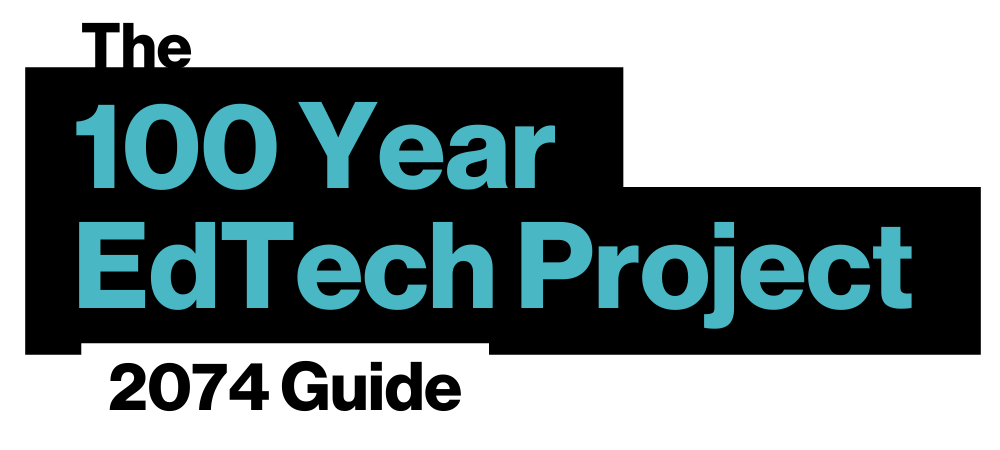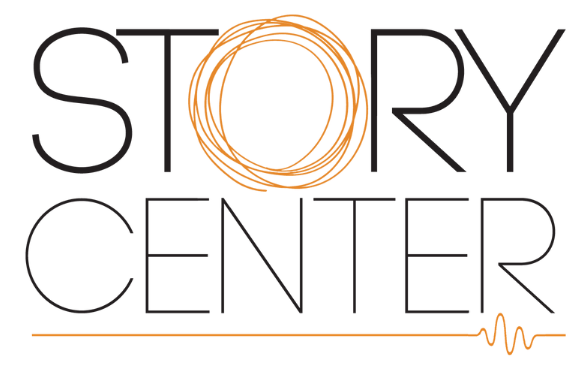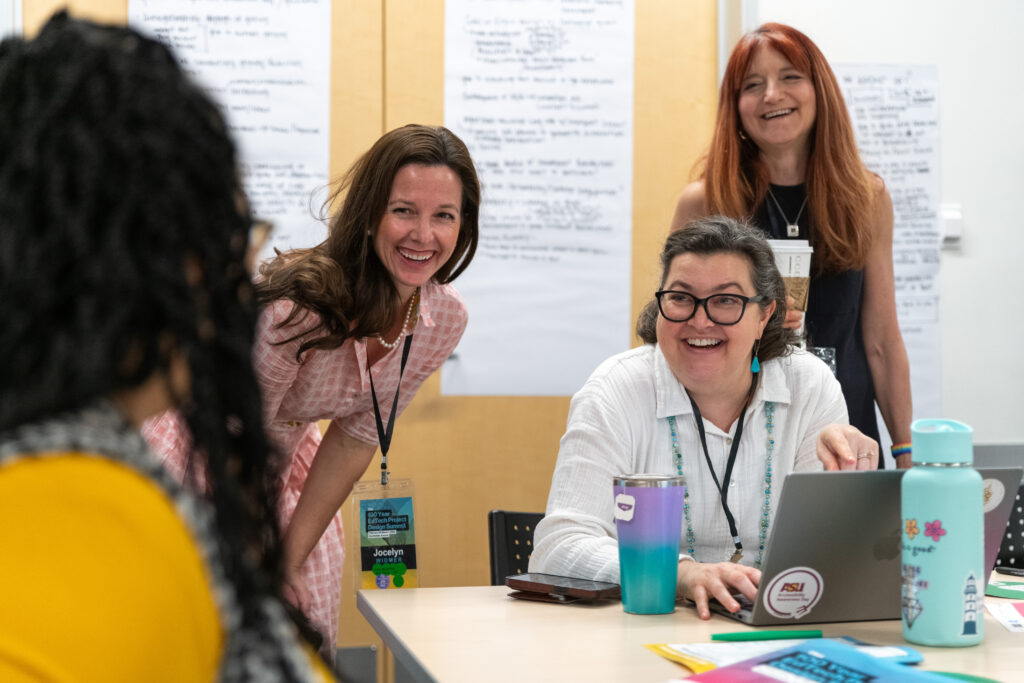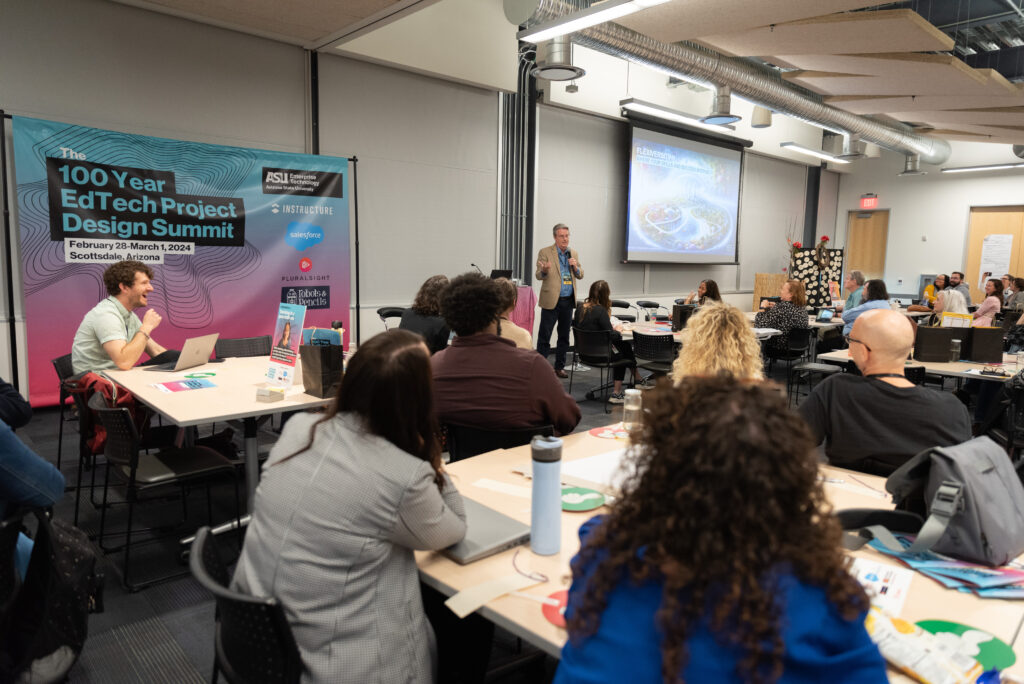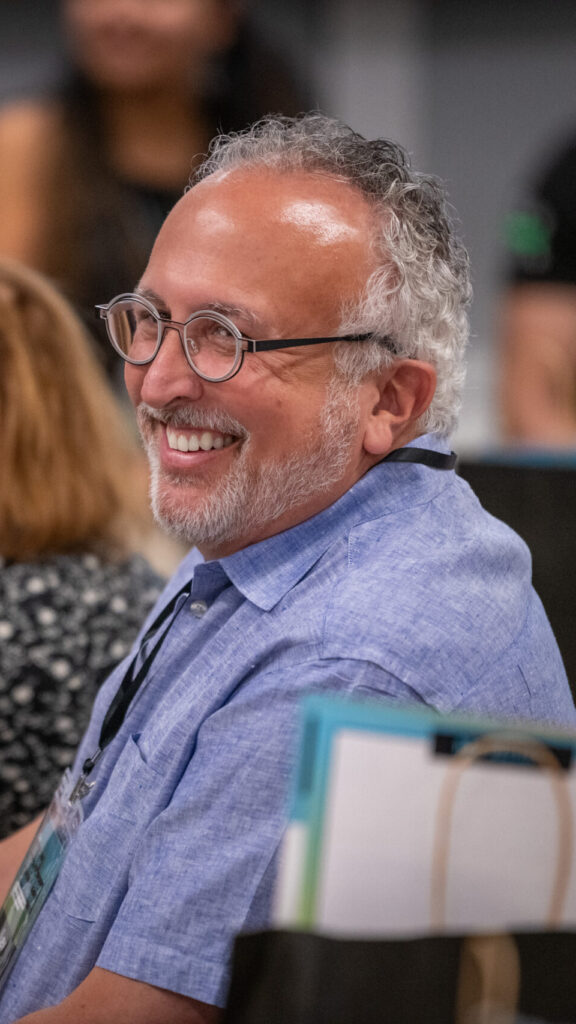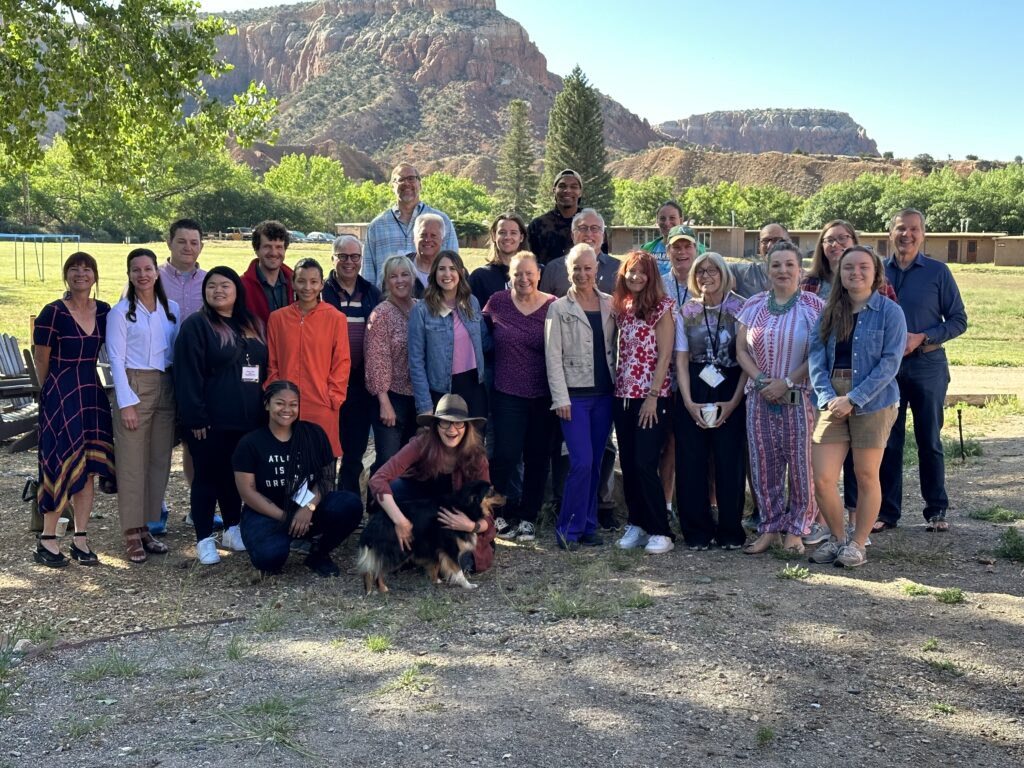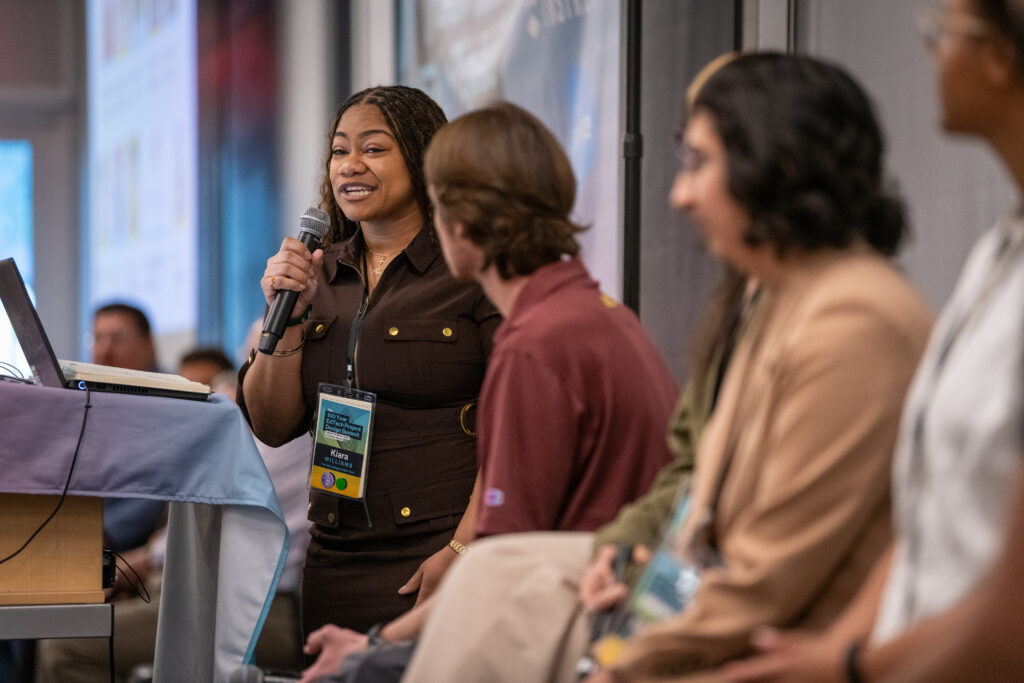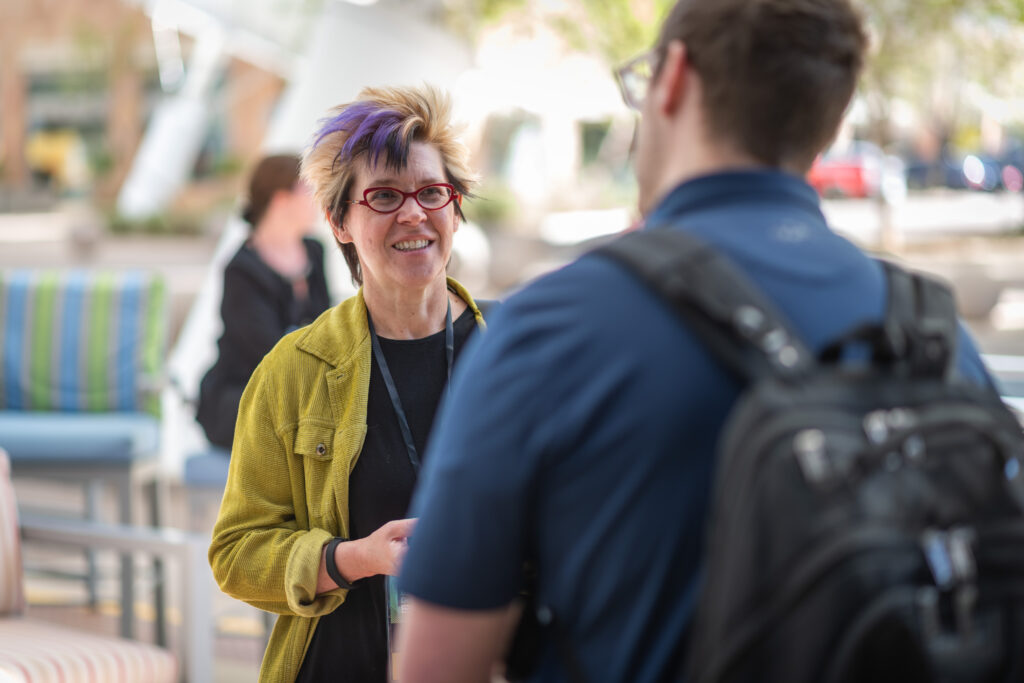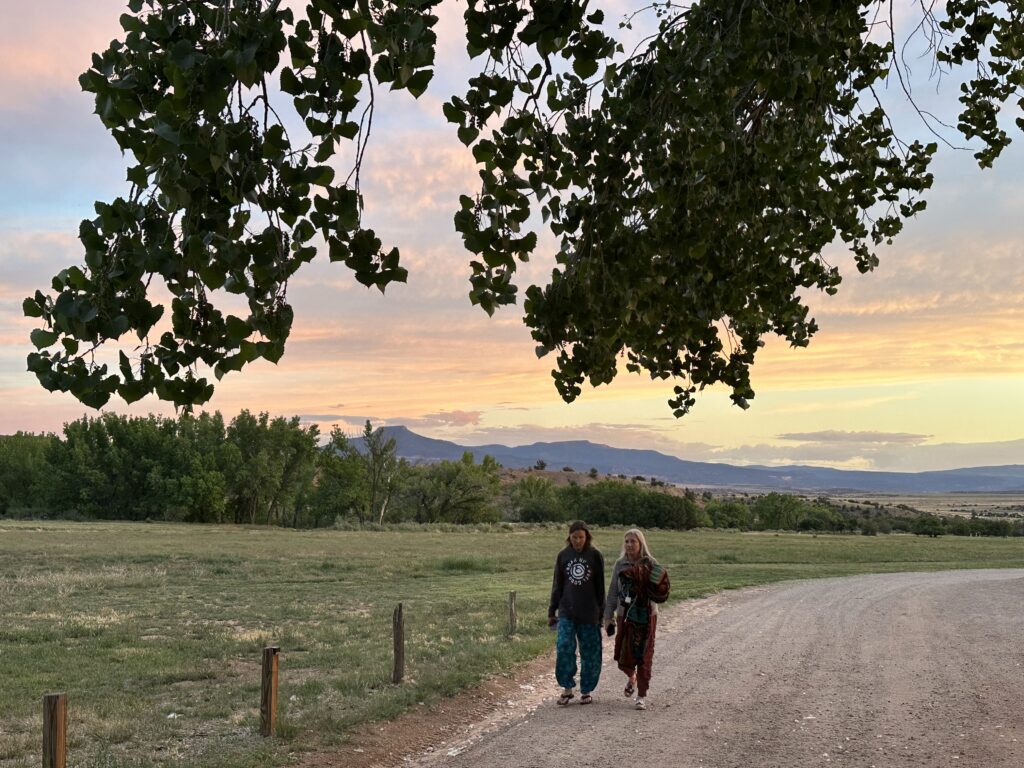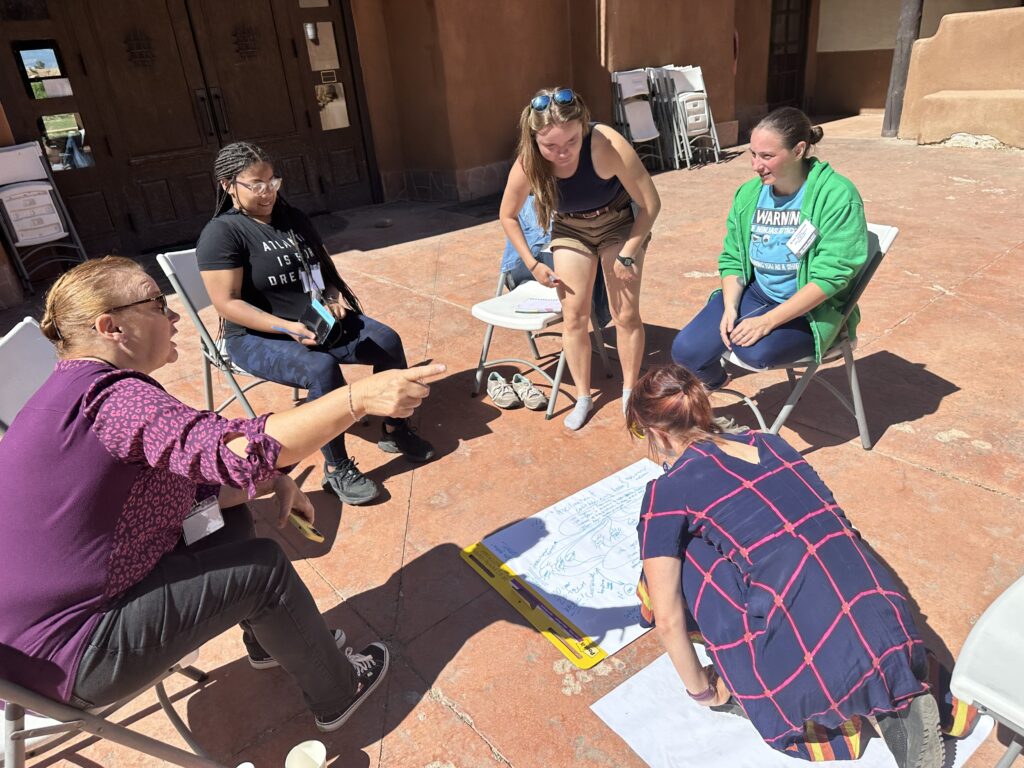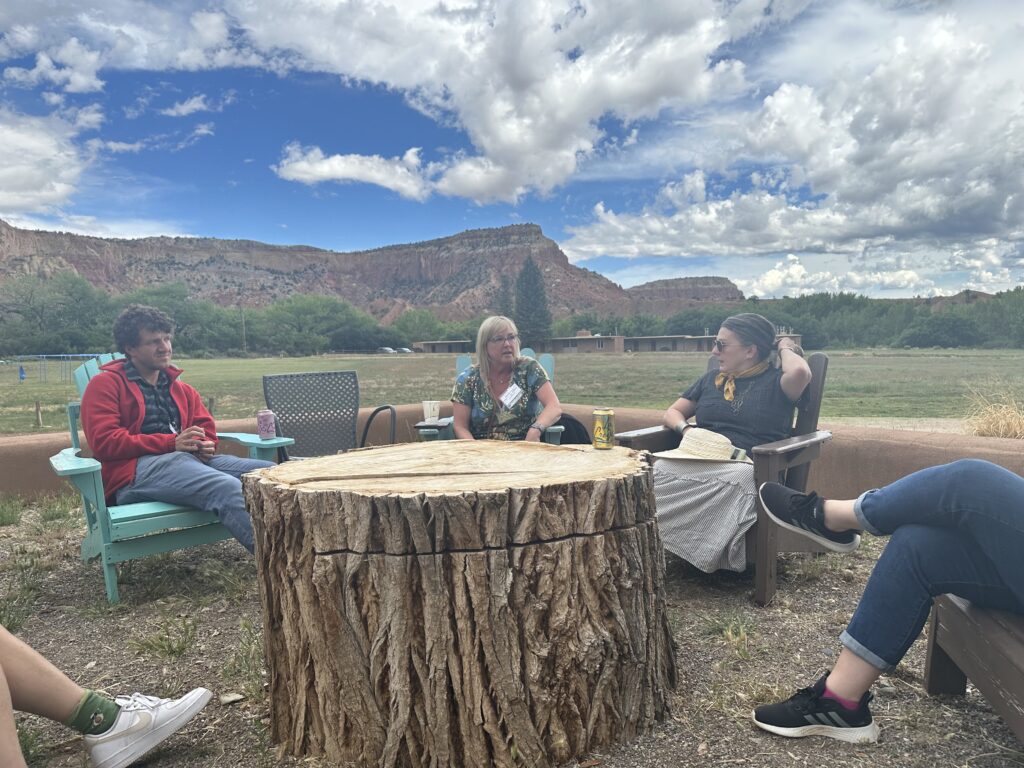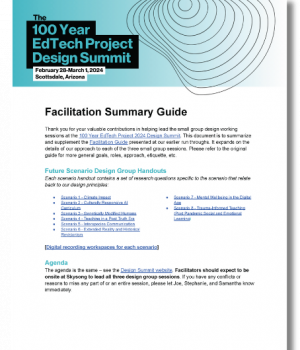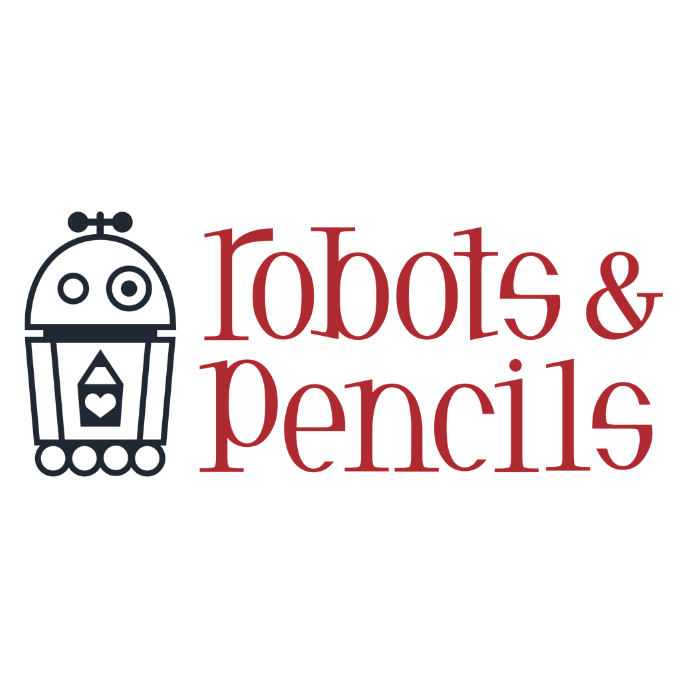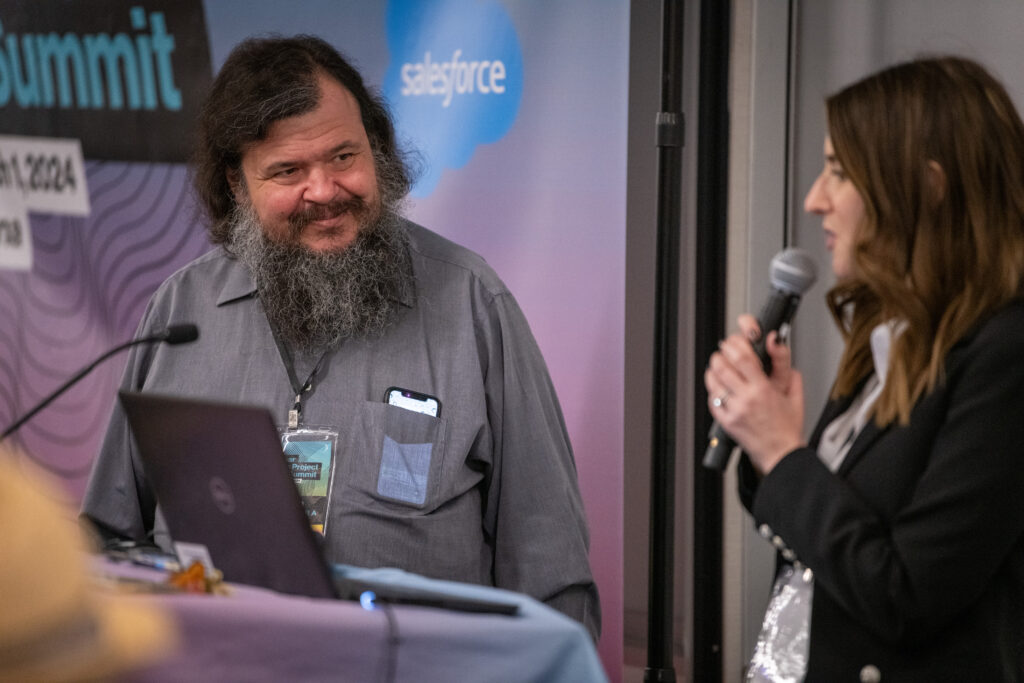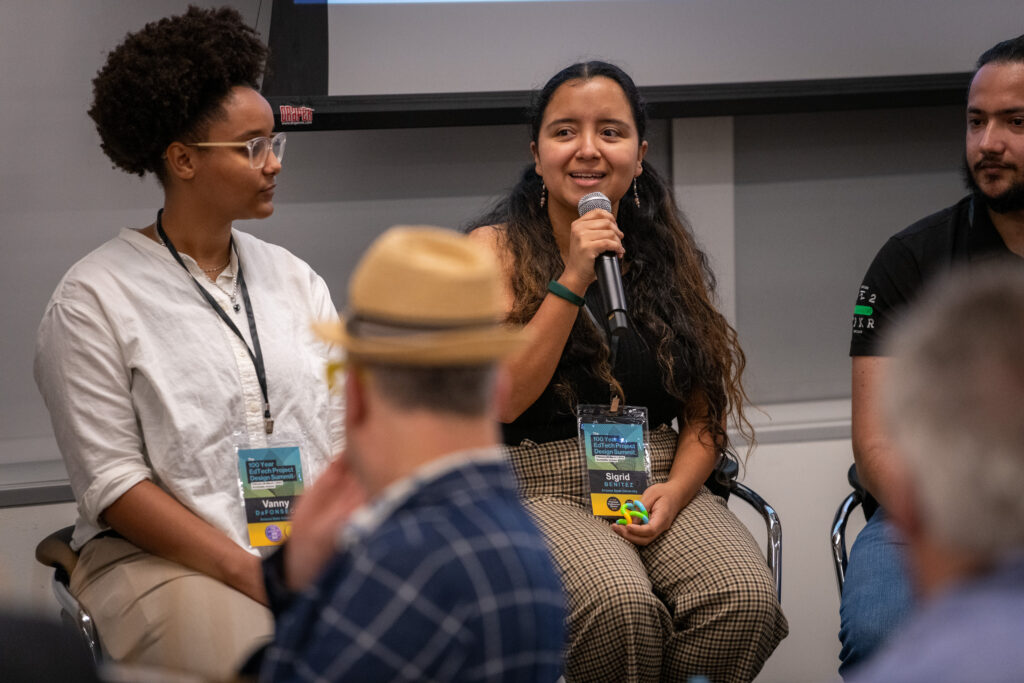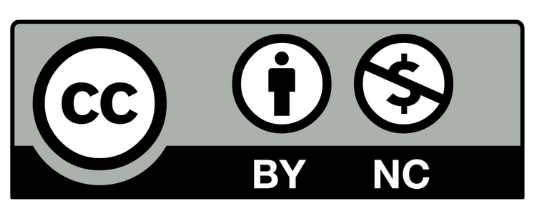Policy
Parents, students, and educators must advocate for comprehensive climate education in school curricula, allocating resources for teacher training and curriculum development. School boards and governments will adopt policies that are demanded by their constituents.
Innovation
Virtual reality simulations and augmented reality tools should be invested in, tested for efficacy and expanded, to immerse learners in real-world climate scenarios, fostering experiential learning.
Resource Needs
Investment in renewable energy infrastructure and partnerships with environmental organizations can provide hands-on learning opportunities for students.
Social Capital
Collaboration with local communities and industry experts can enrich climate education initiatives, connecting learners with real-world solutions.
The Design Summit group envisioned a new role for schools, colleges, and universities that would serve as Community Connection Centers in the event of a climate disaster. Centers would serve as a place for people to find security and continuity, and contribute to the health of themselves and the systems around them. Unlike current day disaster centers, the group envisioned a place that would not only triage emergency care, but would be equipped to foster community, intake and evaluate the expertise of those using the center for the benefit of survivors. These places would also provide the education and training needed to sustain the community beyond the disaster.
